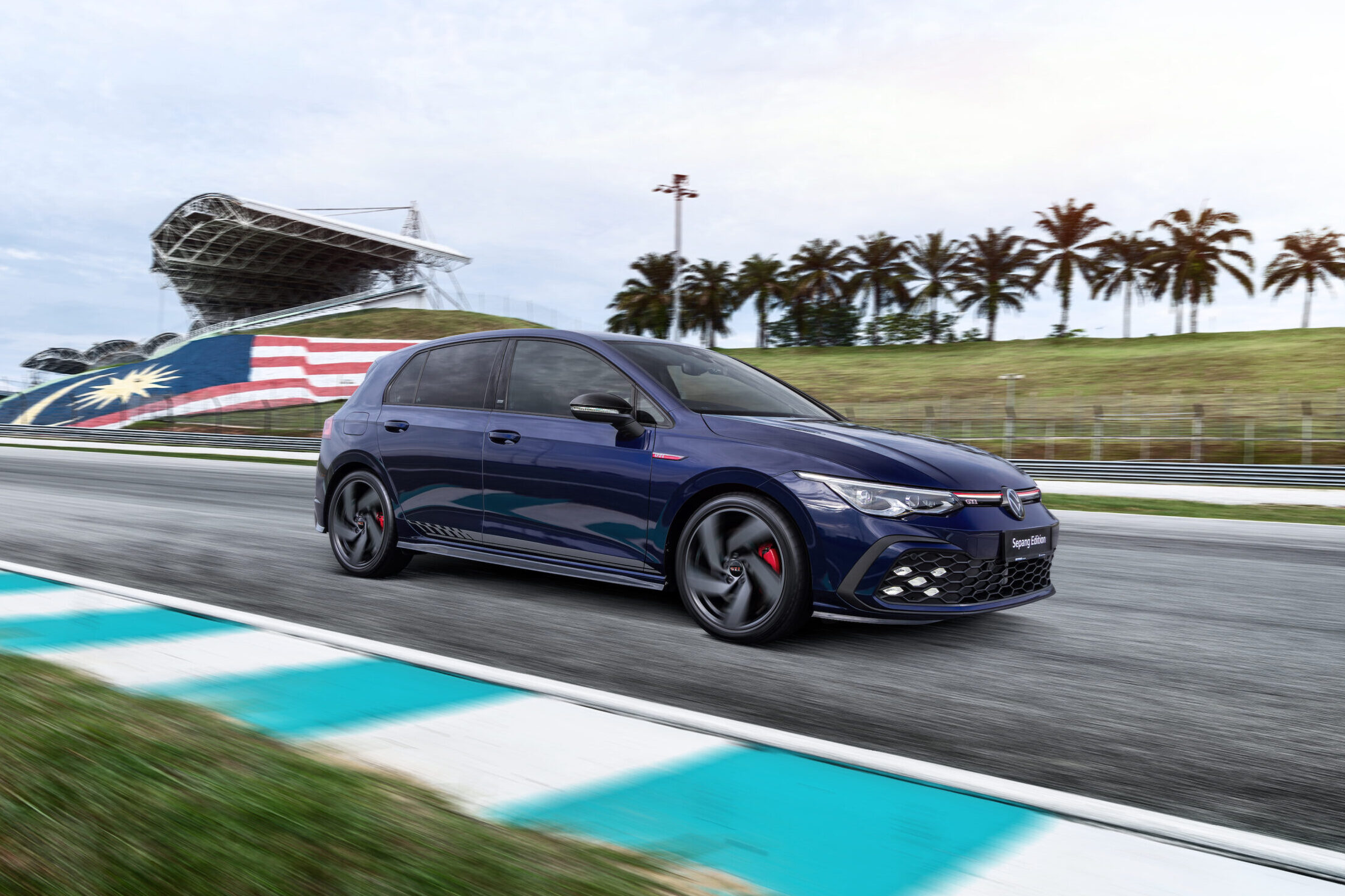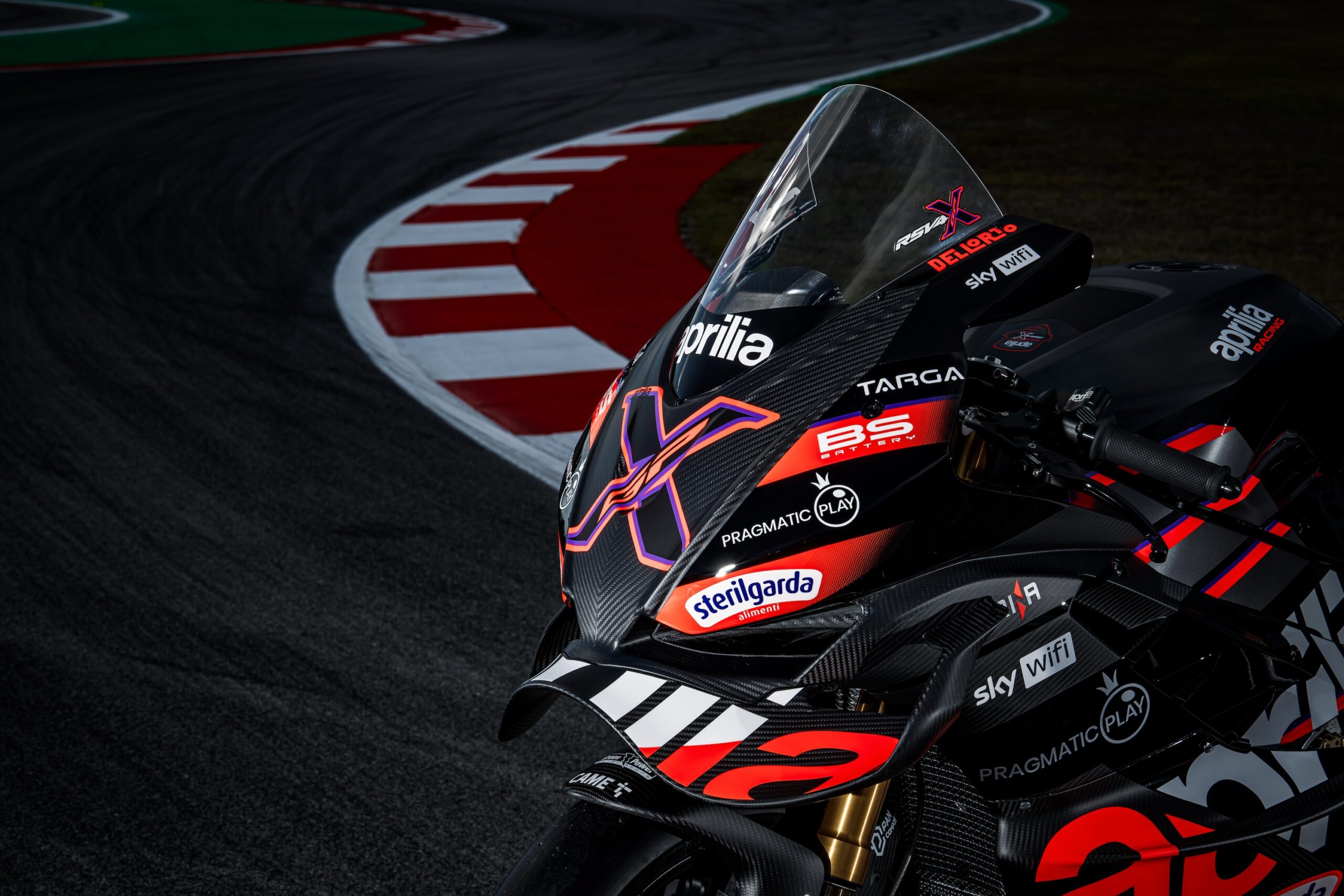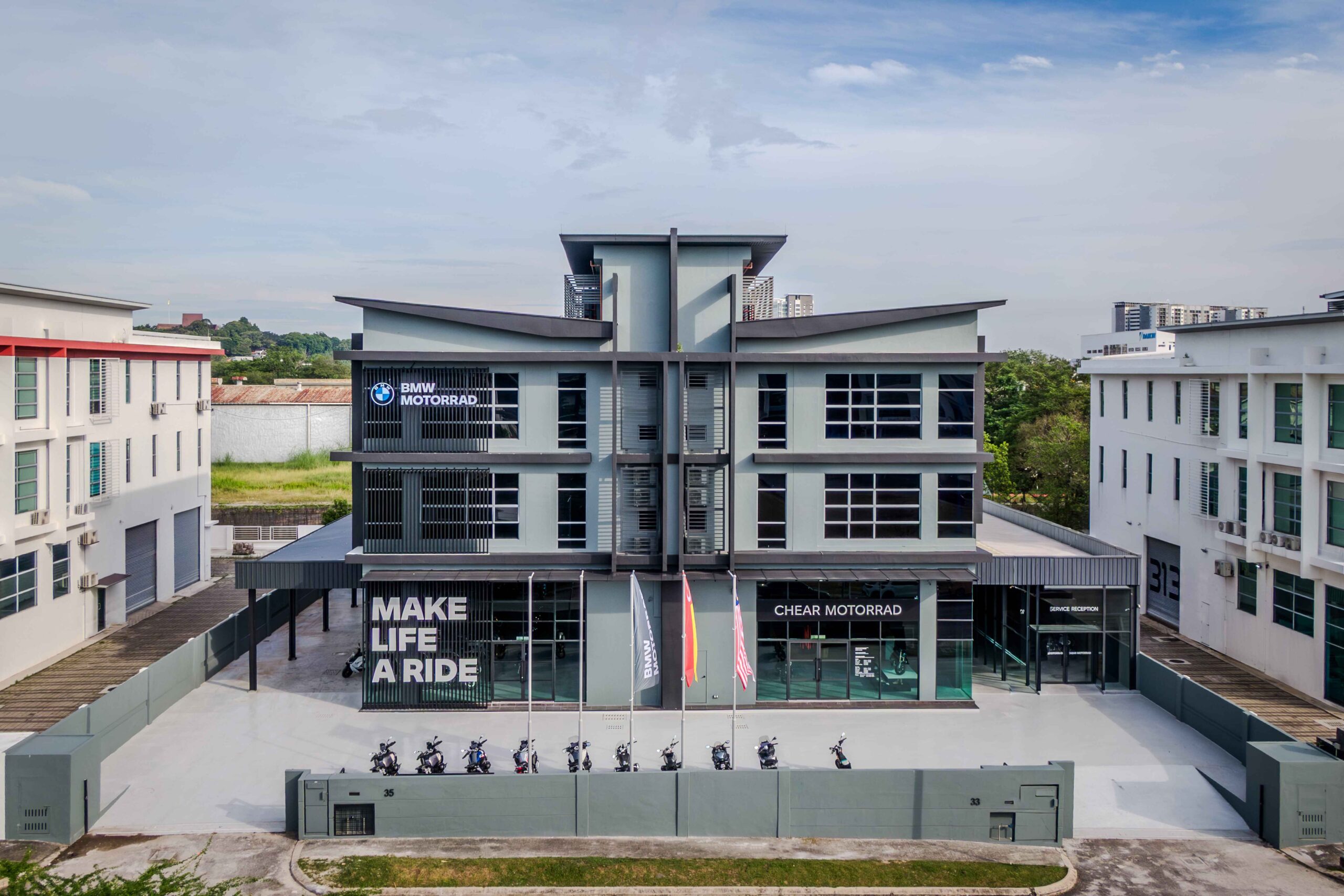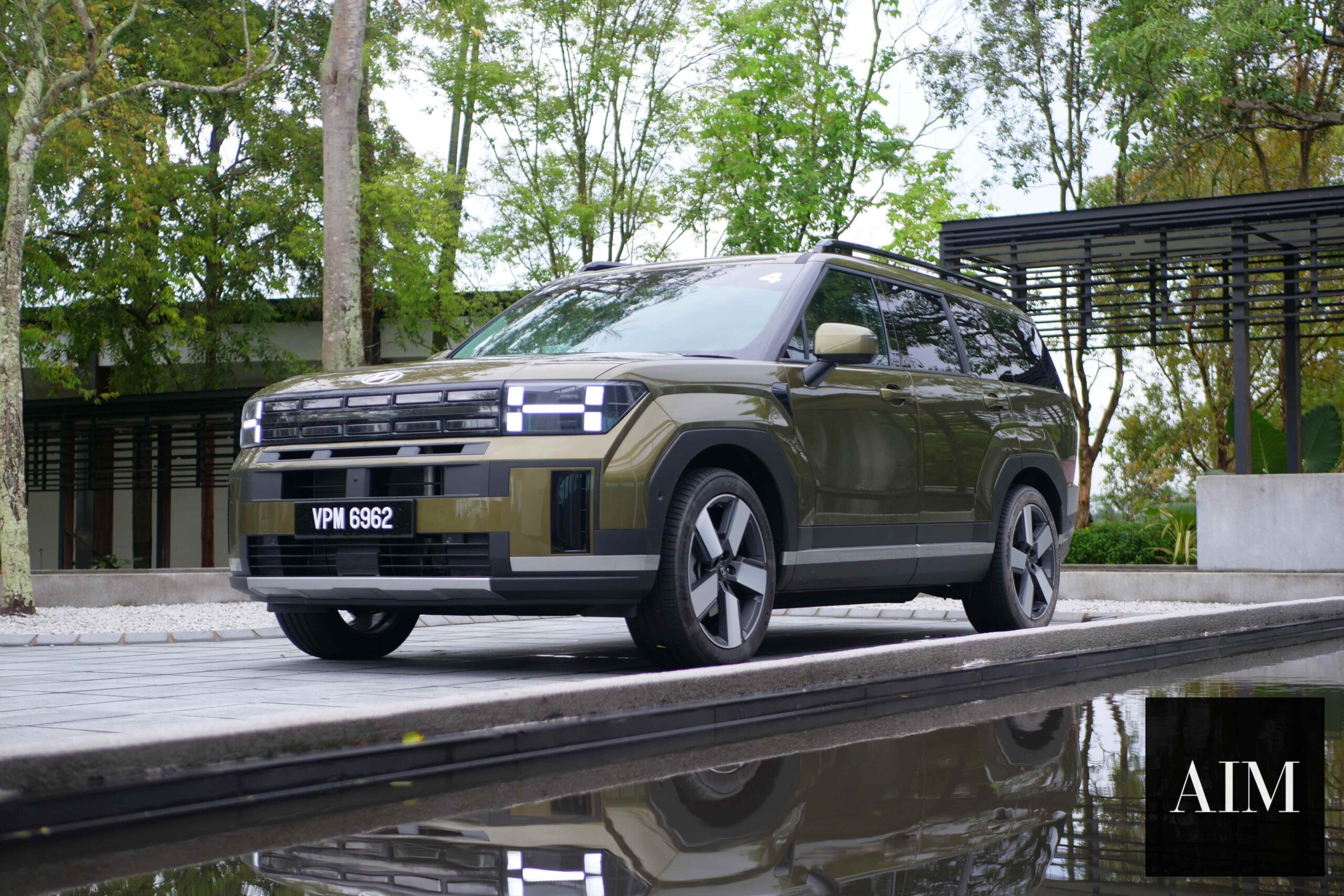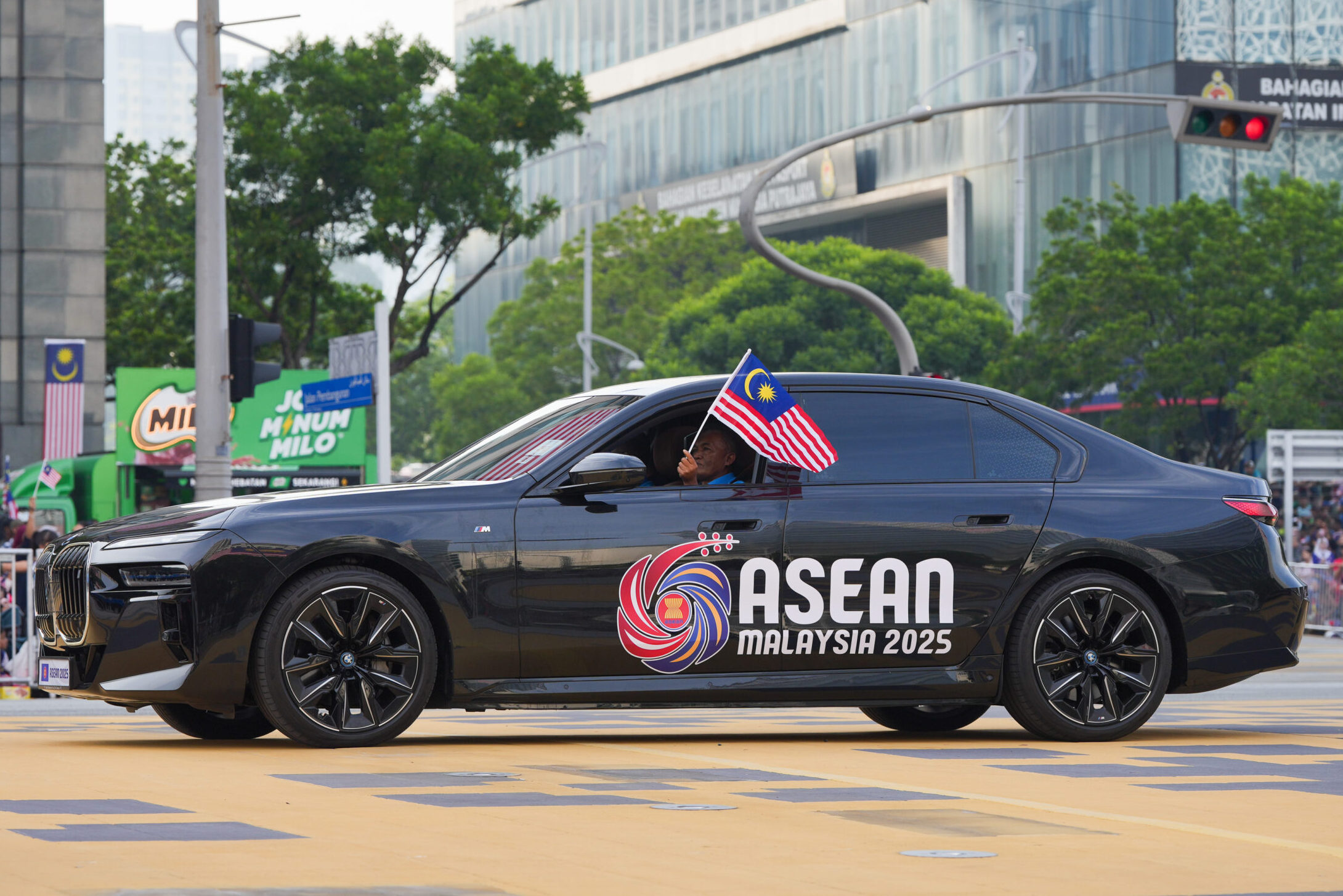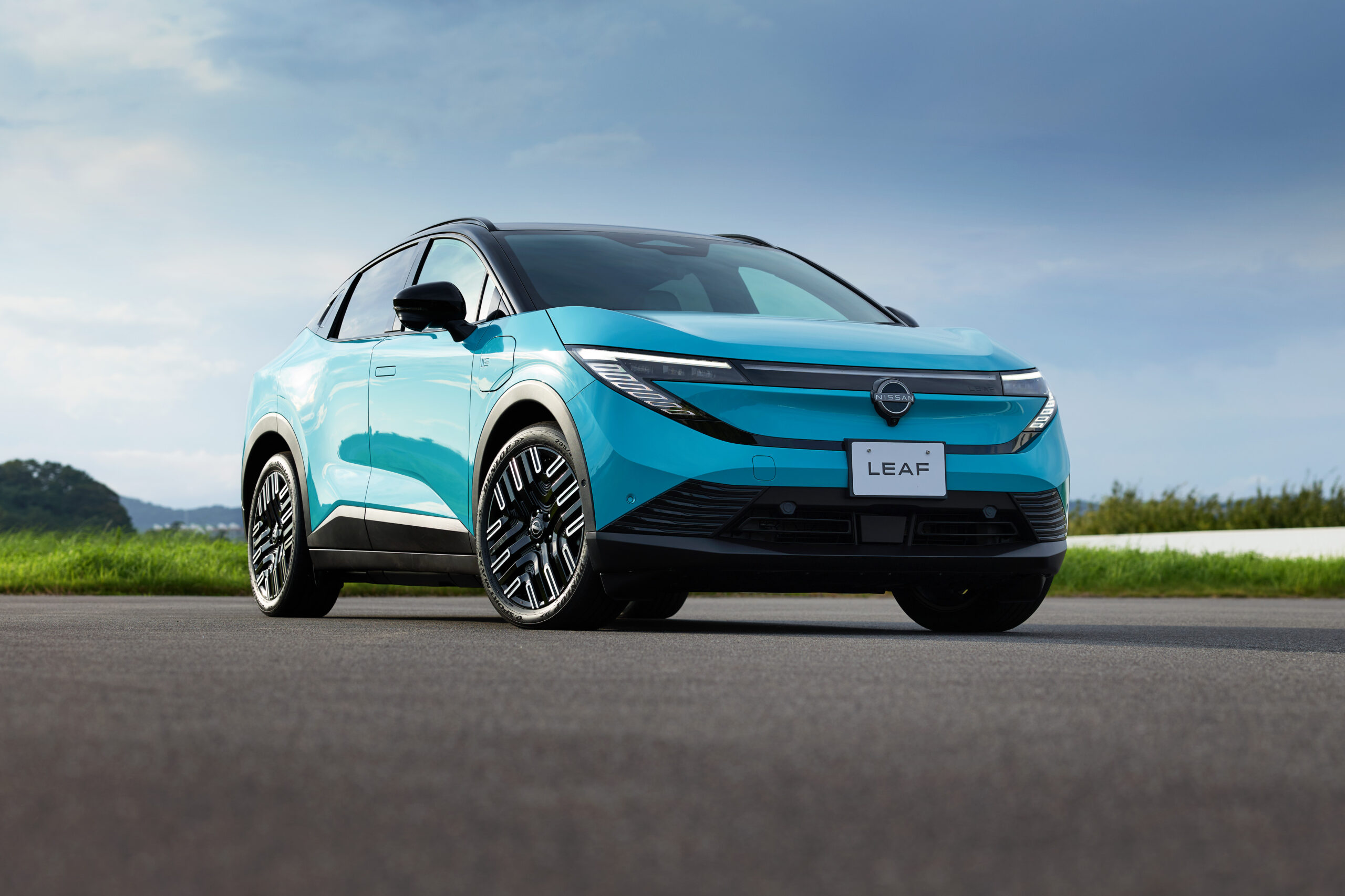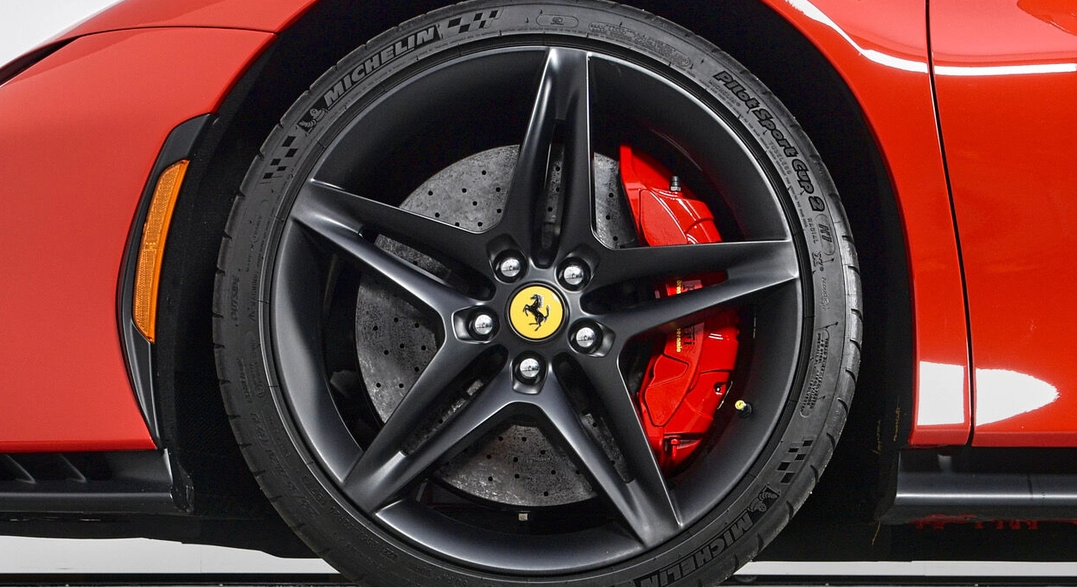
Red brake calipers have become a common sight on modern vehicles, but their presence isn’t merely for show. Let’s delve into the reasons behind this automotive trend.
A Symbol of High-Performance Braking Systems
Initially, red brake calipers were exclusive to high-performance vehicles. Manufacturers like Brembo painted their calipers red to signify superior braking capabilities. This color choice became synonymous with performance, indicating that the vehicle was equipped with advanced braking systems designed for high-speed driving and enhanced heat dissipation.
Enhancing Aesthetic Appeal
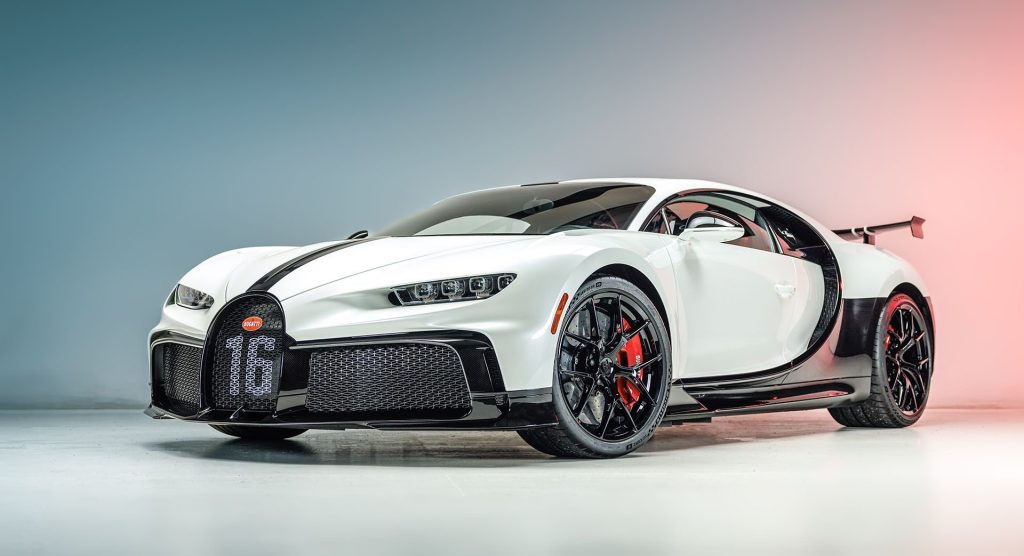
Beyond performance, red calipers add a striking visual element to a car’s design. The vibrant color contrasts with wheel designs, especially those with open spokes, drawing attention to the braking system. This aesthetic enhancement gives vehicles a sportier and more aggressive look, appealing to enthusiasts and casual drivers alike.
Brand Identity and Marketing Strategy
Automakers leverage red calipers as a branding tool, associating the color with sportiness and exclusivity. By offering red calipers on specific models or trims, manufacturers create a visual cue that distinguishes performance-oriented vehicles from standard ones. This strategy reinforces brand identity and appeals to consumers seeking a dynamic driving experience.
Customization and Personal Expression
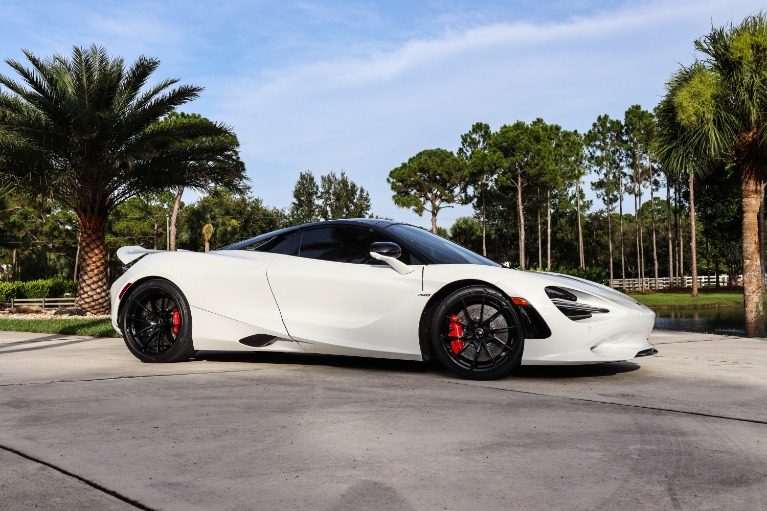
The popularity of red calipers has also influenced aftermarket customization. Car owners often choose to paint their calipers red to emulate the look of high-performance vehicles. This customization allows individuals to express their personal style and enhance their vehicle’s appearance without significant modifications.
Functional Benefits

While the red color itself doesn’t improve braking performance, the paint used on calipers serves a protective function. High-quality, heat-resistant paints shield the calipers from corrosion, dust, and debris, ensuring longevity and maintaining performance under extreme conditions.
In conclusion, red brake calipers have evolved from a performance indicator to a multifaceted feature encompassing aesthetics, branding, personalization, and functionality. Whether on a racetrack or city street, they continue to captivate attention and signify a blend of style and substance in automotive design.

